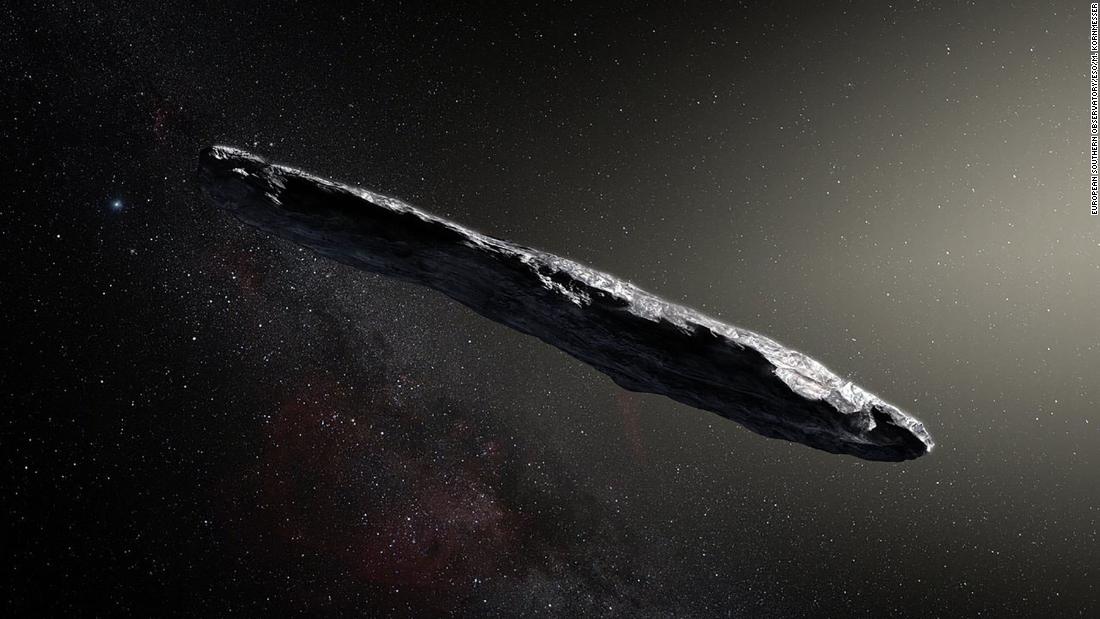The first interstellar object, called ‘Oumuamua’ was discovered in 2017. And now, astronomers think that they have discovered second incoming interstellar visitor in the solar system, as per NASA.
On 30 August, Gennady Borisov discovered the new comet called C/2019 Q4 (Borisov) at the Crimea’s MARGO observatory. Since then, the astronomers have been debating the origin of the comet, which does not appear to have an elliptical or circular orbit.
The Minor Planet Center measured the uncommon space rock’s eccentricity to be over three, which implies that it has a potential arc-shaped trajectory.
Another eye-popping sign that indicates the interstellar origin of the comet is its current high velocity of around 93,000mph. This is extremely fast for the Sun’s gravity to pull it in. Besides, it also implies that the comet is likely just passing by the solar system.
The interstellar comet probably won’t come near Earth. Presently its around 260 miles away from Sun. The closest that it may come to our planet is at the distance of around 190mn miles.
Meanwhile, the Gemini Observatory captured a multicolor picture of the interstellar comet on 9 September.
Future observations of the incoming visitor will help better understand its rotation, size and path, said the researchers.

